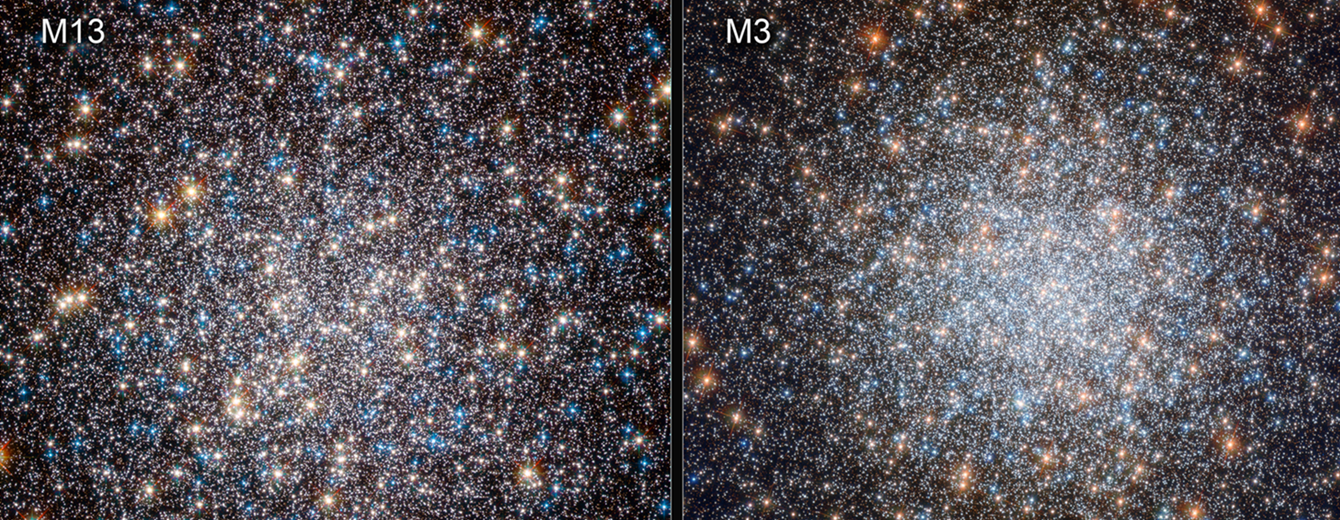#HUBBLE DISCOVERS #HYDROGEN-BURNING #WHITEDWARFS ENJOYING SLOW AGING
Hubble Discovers Hydrogen-Burning White Dwarfs Enjoying Slow Aging
Stellar Dead-Enders Get A New Lease On Life
It's hard to imagine that our Sun will someday stop radiating life-giving light and heat. But, like the idiom, "nothing is certain except death and taxes," there is an ultimate ending for all stars. Nothing lasts forever – even in an infinite universe. Our Sun will shut down its nuclear fusion furnace in about 5 billion years.
When a star dies, it just doesn't burn out like a light bulb. With no more energy gushing out from the core, a star collapses like a deflating hot air balloon. Like a dying fireplace cinder, the aging star simply cools and fades away as a white dwarf. No bigger than Earth, the surviving core is a compact, dense and extraordinarily hot remnant of what the star once was.
New observations from the Hubble Space Telescope have revealed that some dwarfs still continue nuclear fusion by burning remaining hydrogen fuel. The big difference is that they don't burn hydrogen at their core like the Sun does, but across their outer surface. Where did the fuel come from? Apparently, the star gravitationally hangs onto outer layers of hydrogen that did not manage to escape into space as a process of stellar aging.
This has important consequences because white dwarfs, masquerading as normal stars, may call for revising the age estimate for globular star clusters, among the earliest homesteaders of the universe.
https://hubblesite.org/contents/news-releases/2021/news-2021-050.html

Commenti
Posta un commento